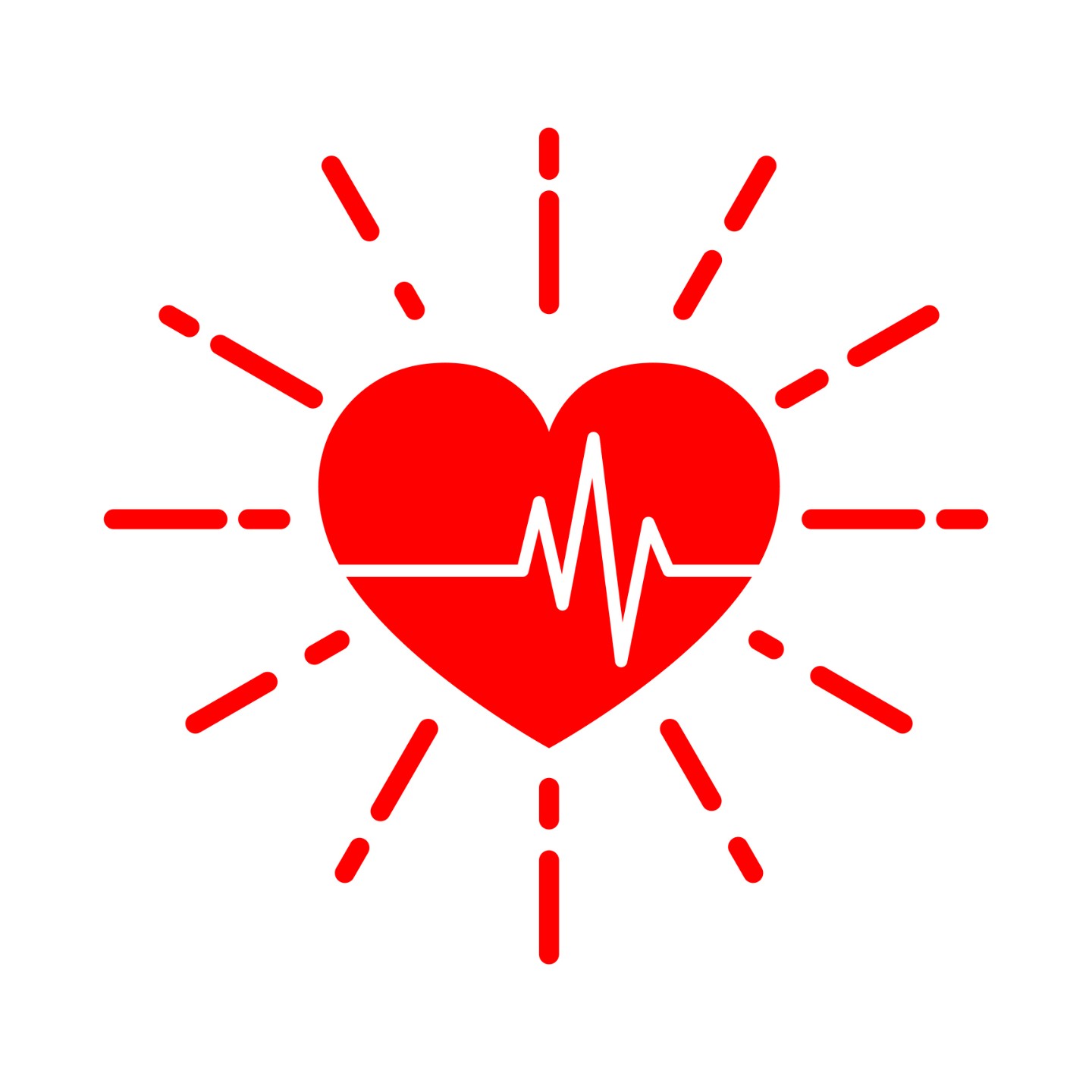One of my specialties is the insertion and management of cardiac pacemakers. The history of these remarkable devices fascinates me.
While it seems like sending a small electrical jolt to the heart every second should have occurred to doctors about five minutes after Ben Franklin flew a kite in a rainstorm, we’re only a mere 50 years into the era of modern pacemaker technology. In 1958 the Swedish surgeon Åke Senning implanted the first fully contained pacemaker into the patient Arne Larsson. The surgery required the patient to undergo a full thoracotomy (cracking open the chest) and the device failed after three hours. A second device was then implanted which lasted for two days. The world's first implantable pacemaker patient went on to receive 26 different pacemakers during his lifetime. He died in 2001, at the age of 86.
These days it takes only about 30 minutes to implant a state-of-the-art pacemaker with the patient undergoing only light anesthesia. Patients go home the next day with only minimal activity restrictions and can resume work and exercise almost immediately.
Contrast this to the story of a Mr. Valerian of San Francisco, as recounted in the book Medical Odysseys (unfortunately now out of print) by the cardiologist Dr. Allen B. Weiss. The young Dr. Weiss was in training in the mid-1950s when he met this patient who suffered from complete heart block with sudden episodes of life-threatening loss of consciousness.
Care of Mr. Valerian required choreography of numerous members of the medical staff:
“He was placed in a centrally located room in order to be as accessible as possible to all staff on call. He was to remain in bed with a family member or nursing assistant in constant attendance. An intravenous line was in place to permit rapid administration of medications as necessary. With the onset of an attack, the telephone operator would be notified immediately and announce a prearranged code message over the loudspeaker system. The first physician to reach Mr. Valerian would be responsible for intravenous infusion of the medication necessary for termination of the attack.”
This went on for weeks. Each attack was terminated but they came more frequently and severely as time progressed. Frustrated, the medical staff and Mr. Valerian came up with another plan:
“Cardiac pacing was in its infancy at the time, and no standard equipment or procedures were in effect. In Boston, electrical impulses had been applied externally to the chest wall by Dr. Paul Zoll to shock extra beats into the excessively slow-beating heart. (The) idea was to rig up a device for stimulating the heart from within. Using the remains of an old television set, (we) had constructed an apparatus that developed a small repetitive voltage that could be delivered into the patient’s heart. A wire from this would be threaded through a standard cardiac catheter, the bare tip protruding through the end.
“Desperate for any possible successful resolution to the problem, Mr. Valerian and his family agreed to the plan. In the catheterization room, under fluoroscopy, the catheter with its wire was inserted into the arm and advanced centrally into the chest and finally into the right ventricle of the heart. The pacemaking apparatus was activated, and for the first time since the onset of his illness Mr. Valerian had a normal heart rate without any recourse to stimulatory cardiac drugs.
“He was returned to his room, and all of us were in a state of tentative elation. Would it continue to work? Would the attacks cease completely? What would be the complications? Could we possibly electrocute him?
“The patient was ‘plugged’ into the wall outlet next to his bed to receive house current needed for operation of the pacemaker, and we awaited the results. One day, two days, three days passed without a single attack. The private nurses were discharged from the case. No longer were family and friends required to maintain a constant vigil. No code-calls requiring immediate response were breathlessly announced over the loudspeaker system. Now long-term plans were called for in order to ensure proper maintenance of the system. How long could it be kept in place without the risk of infection being introduced through the exposed arm vein? How long would it take for the heart muscle to become responsive once again to the medications one might wish to resume prescribing?
“Shortly thereafter, a battery-powered portable external pacemaker, recently developed by Dr. Zoll was shipped from Boston to enable the patient to move about his room freely from time to time. But about a week later, Mr. Valerian obviated the need for any further planning on his behalf. Apparently, awakening in a somewhat confused state that morning, he inadvertently unplugged the cable from the pacemaker as he crossed the room. Losing consciousness, he fell to the floor, striking his head severely. He was discovered by the orderly who was making his routine morning rounds. The cause of death was a massive brain hemorrhage.”
I am grateful that we no longer need such creative and tenuous measures to care for patients with slow heart rates. For most people these days, receiving a pacemaker essentially represents a cure for their fatigue, light-headedness and fainting (as long as these symptoms arose from a slow heart rate in the first place) and I consider myself fortunate to play a role in it. And, of course, I’m grateful we can do it all without a long power cord.





